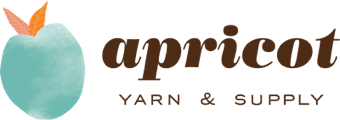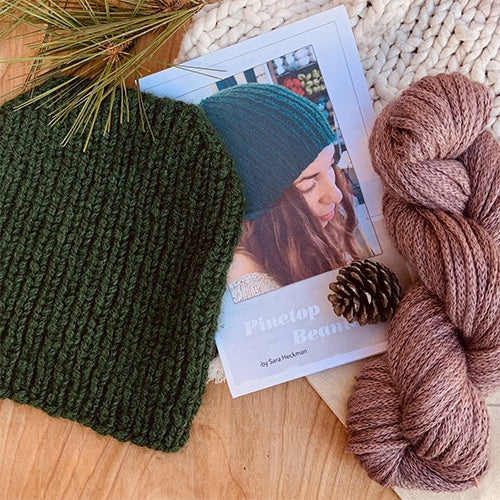Free shipping on orders $75+ within the U.S.
Free shipping on orders $75+ within the U.S.
Yarn
Why Natural Fiber Yarn?
We support socially and environmentally responsible companies, indie yarn dyers, and individuals, prioritizing fair wages, education opportunities, and traditional fiber heritage. Brands like Malabrigo Yarn, Manos del Uruguay, Amano Yarns, and Rosa Pomar uphold these values.
Why Natural Fiber Yarn?
We support socially and environmentally responsible companies, indie yarn dyers, and individuals, prioritizing fair wages, education opportunities, and traditional fiber heritage. Brands like Malabrigo Yarn, Manos del Uruguay, Amano Yarns, and Rosa Pomar uphold these values.

WOOL YARN
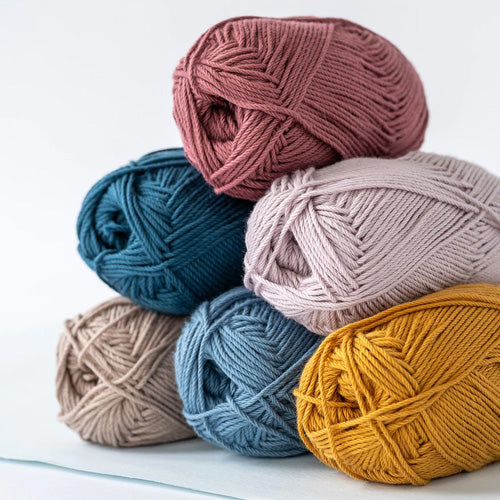
COTTON YARN
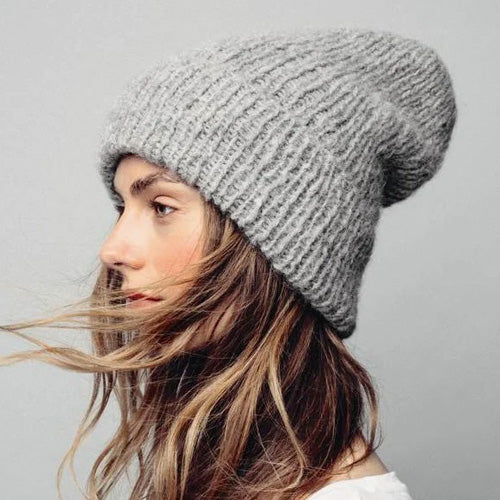
SHOP BY BRAND
Tools
Making something with your hands takes time, and using tools that make each stitch comfortable, colorful, and enjoyable is just as important as the yarn you choose.
We offer top-quality tools for knitting or crocheting, ensuring every stitch is a delight. Discover favorites like Lykke, Cocoknits, Chiaogoo, and Katrinkles.
Making something with your hands takes time, and using tools that make each stitch comfortable, colorful, and enjoyable is just as important as the yarn you choose.
We offer top-quality tools for knitting or crocheting, ensuring every stitch is a delight. Discover favorites like Lykke, Cocoknits, Chiaogoo, and Katrinkles.

KNITTING NEEDLES
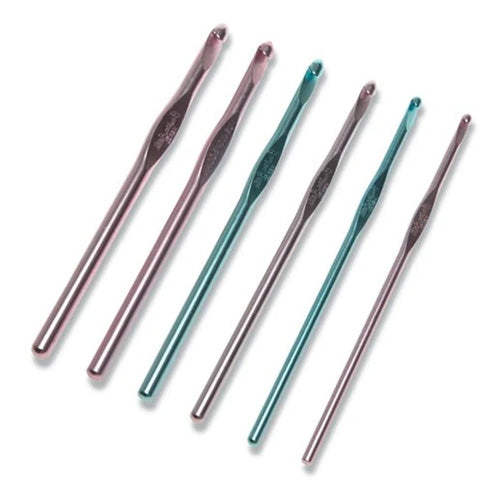
CROCHET HOOKS
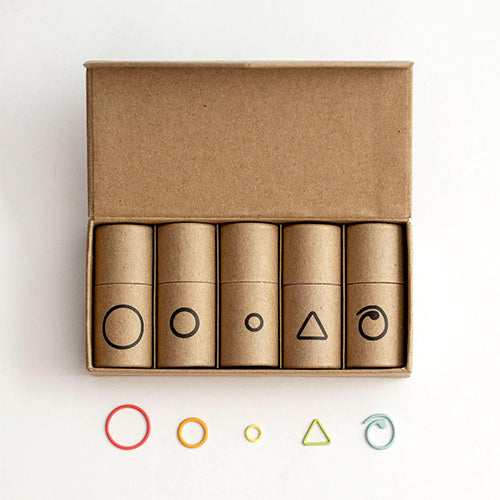
SHOP BY BRAND
Classes
Upcoming knitting and crochet classes available. Click for details on each class.
We offer one-on-one sessions and private lessons; schedule by emailing hello@apricotyarn.com or calling 619-223-3603.
Get 30 minutes for $15 or 1 hour for $30.
- Reading Your Knitting and Fixing Your Mistakes Class
- Learn to Knit (a class for beginners)
- Learn to Crochet (a class for beginners)
- Knit the Sweater (Garment) You Want to Wear Workshop
- Steeking Technique Workshop
- Free Your Fade Shawl intro to lace and color
- Basic Doodle Hat: Intro to Colorwork Class
- Color Theory for Knitters
Upcoming knitting and crochet classes available. Click for details on each class.
We offer one-on-one sessions and private lessons; schedule by emailing hello@apricotyarn.com or calling 619-223-3603.
Get 30 minutes for $15 or 1 hour for $30.

LEARN TO KNIT (BEGINNERS)

LEARN TO CROCHET (BEGINNERS)
- Reading Your Knitting and Fixing Your Mistakes Class
- Learn to Knit (a class for beginners)
- Learn to Crochet (a class for beginners)
- Knit the Sweater (Garment) You Want to Wear Workshop
- Steeking Technique Workshop
- Free Your Fade Shawl intro to lace and color
- Basic Doodle Hat: Intro to Colorwork Class
- Color Theory for Knitters

Definitive Guide to Wool Yarn
August 18, 2022 8 min read
 As natural fibers enthusiasts, we get excited about wool's long list of benefits.
As natural fibers enthusiasts, we get excited about wool's long list of benefits.
As humans, we have been wearing wool as far back as 6000 BC and breeding animals for their fiber even longer. And though wool offers many benefits, not every type is the same. We put together a comprehensive guide on everything you need to know about wool yarn. Whether knitting, crocheting, or weaving, we hope you find this helpful and inspiring to spread the joy of the fiber arts!

What is Wool?
Wool is a traditional fiber for knitting, weaving, and crochet. We have been cultivating wool to our needs for thousands of years, producing many unique sheep breeds and qualities to the wool they produce. The most commonly known breed is Merino wool, which is often used by European fashion houses. Wool is warm, elastic, antibacterial, and can last decades with care. Wool can hold up to 30% of its weight in water without losing warmth. Superwash wool has been treated to remove the barbs on the fiber and allow for washing by machine without shrinkage or felting.
 Where does wool come from, and how is it made?
Where does wool come from, and how is it made?
Let’s talk about wool yarn and where it comes from. Wool is a fiber grown naturally by sheep. It is their protective coat against the elements. It keeps them warm and cool, healthy and protected while living in a wild, grassy environment such as pasture land, the high desert, damp coastal plains, or high elevation grasslands.
 How is wool made?
How is wool made?
In the spring or summer, the wool fiber is harvested from sheep once a year or so by shearing, very similar to a haircut. This leaves the sheep with a light coat during the summer months and gives them time to grow a new coat before winter temperatures drop.
What's the Difference Between Types of Wool?
Often, when you see the word wool listed as fiber on a knitting yarn label, it refers to fiber from sheep but not a specific breed. Many times this is a mix of fleece wool from different breeds.
Sheep Breeds & Their Characteristics
There are many breeds of sheep. Each breed has unique qualities in its fleece, making it better for one thing or another. Some wool is soft against the skin, while another may be hard-wearing and used for blankets or rugs. Wool can be waterproof, flameproof, and even insulation in buildings. We love wool because it is warm, can be dyed in all colors, and can be stitched into many beautiful objects to keep us warm and cozy in cold weather.
Here are the top XYZ Sheep Breeds for Wool
-
Merino
The finest and most valuable type of wool is the Merino. With an average fineness of 17-22 microns, some may also be as thin as 12 microns which is about the thickness of cobwebs! Merino is very soft and has excellent felting properties.
-
Debouillet
A breed cross between Delaine-Merinos and Rambouillets, the sheep, is hardy and well adapted to various conditions in the western United States. Incredibly soft fleece, delicate and has well-defined crimp and drape.
-
Rambouillet
Rambouillet is a large-bodied fine breed raised for meat consumption and wool. The fleece has a fineness of 19-23 microns, and the crimp is finer and more even than a Merino’s. Rambouillet is prized as one of the best wool for felting.
 What breed of sheep has the best wool?
What breed of sheep has the best wool?
There are many sheep breeds, and each one has unique qualities to its fleece. Some fleece, such as carpet wool, is an excellent choice for hardware items such as rugs and blankets as it likely will outlast any synthetic options, making it the choice option.
What can be made out of wool?
Wool is used to make finely woven fabric, upholstery fabric, and even home insulation. Merino is best known for its fine, soft fiber. The fashion industry has used merino wool to create delicate fabric items such as sweaters and suits. Merino is considered one of the finest fibers because it has a more straight, smooth fiber than other wool breeds. This lends to its soft hand. Others are better for hand or machine knitting and crocheting because the fiber is finer and softer next to our skin.
What is wool yarn?
Wool yarn is spun from the fiber of sheep fleece and trimmed about once a year. Wool yarn is used to make any sort of knitted garments such as sweaters, socks, scarves, blankets, hats, rugs, fabric, and wall hangings. Wool fiber is unique because of its antibacterial and antimicrobial properties. It can hold up to 30% of its weight in water before losing its insulating properties, keeping you warm in damp or rainy weather.
Wool yarn is made from raw wool; the fiber sheared from sheep (the fiber in its natural condition; not refined or processed) that has been spun by hand or machine. The spun fiber is then plied, or twisted around each other, to make the fiber stronger and more durable.
TIP FROM THE PRO
When you first get into knitting or crochet, you can come across unfamiliar terms. One of the most confusing can be "weight" or “ply." These terms both refer to the thickness of your yarn strand.
The weight or the thickness of yarn is referred to by the amount of the ply, such as 2 ply (two ply yarn), 3 ply, etc. Other times, the yarn is described by the ply count, pieces of yarn twisted together with the same names, 2 ply, 4 ply, 8 ply, to refer to the strength and ply of the yarn, but it does not mean the yarn is a certain thickness.
 What is washable wool?
What is washable wool?
Superwash wool is a unique wool product that has been treated or processed in a way that allows it to be machine washable. These machine-washable wool offer durability and the warmth of wool while giving you the flexibility and allowing the convenience of machine washing to care for your knit or crochet projects without any fear.
 What is combed wool?
What is combed wool?
Combing is a technique where cotton or wooly fibers are passed through a series of straight, metal teeth to separate the long and the short fibers and align the fibers parallel to one another. The fibers are ultimately placed together in a long line (also known as a combed sliver) to spin a smooth, even thread.
 What is Scouring?
What is Scouring?
Scouring wool is a manufacturing process of washing or deep cleaning the fiber. Sheep wool, in particular, has a lot of lanolin, also known as wool grease, a wax secreted by the sebaceous glands of wool-bearing animals.
 What Does Crimped Wool Mean?
What Does Crimped Wool Mean?
Wool fiber is a crimped, barbed fiber, which allows it to have excellent elasticity without adding synthetic fibers to maintain its shape. The crimp of the fiber gives the fabric memory to return to its original form after it has been stretched. This wool quality makes it ideal for hats, gloves, socks, sweaters, and other items you expect to stretch and come back into shape. Every time you get a woolen item wet, you should reshape it and lay it flat to dry. Once it is fully dry, the item will maintain the shape you set it in.
 Is wool production sustainable?
Is wool production sustainable?
Wool is a natural fiber and therefore inherently sustainable, depending on production methods. Creating wool yarn has a relatively low impact environmentally compared to cotton. Wool is a fiber that can easily be produced sustainably; sheep grazing helps create biodiversity, improve soil health, and maintains balance in areas more prone to fire, promoting tree growth. Wool does not require a lot of pesticides, water, or heavy chemicals to process the fiber.
Wool yarn can last a long time with care and is easily compostable when finished with wearing an item made with wool. No synthetic fiber can replicate wool's unique warmth, sustainability, and antibacterial qualities.
Some brands that create sustainable wool are Noro Yarn, Manos Del Uruguay Yarn, and Juniper Moon Farm Yarn.
 What breed of sheep has the best wool?
What breed of sheep has the best wool?
There are many sheep breeds, and each one has unique qualities to its fleece. Some fleece, such as carpet wool, is an excellent choice for hardware items such as rugs and blankets as it likely will outlast any synthetic options, making it the choice option.
Wool is used to make finely woven fabric, upholstery fabric, and even home insulation. Merino is best known for its fine, soft fiber. The fashion industry has used merino wool to create delicate fabric items such as sweaters and suits. Merino is considered one of the finest fibers because it has a more straight, smooth fiber than other wool breeds. This lends to its soft hand. Others are better for hand or machine knitting and crocheting because the fiber is finer and softer next to our skin.
 What is Merino Wool?
What is Merino Wool?
Merino wool refers to the breed of sheep harvested from, commonly raised in Australia, South America, and North America. For decades, Merino wool has been used to weave high-quality fabric and spun into yarn for Italy’s fashion industry. Merino wool is known for its softness and fine micron count. The finer the micron, the thinner the fiber, making a softer touch when wearing something made from wool.
Merino wool is considered one of the finest in the industry. Many of the wool yarns we carry here at Apricot Yarn and Supply are made from Merino wool. They are soft and more delicate than those listed as wool typically.
 What is the difference between merino wool and regular wool?
What is the difference between merino wool and regular wool?
Merino wool is known for high-quality, soft fiber. Wool yarn refers to yarn made from the fleece of any breed. If the fiber is listed as wool, the yarn combines fibers from different sheep breeds.
Merino wool is highly regarded in the fashion industry and creates fine, woven fabric for wool clothing. The main difference between Merino wool and regular wool is the micron count of the fiber. Merino sheep have been bred to create a fine yarn, feel soft, and be woven into light fabric for suits, jackets, and sweaters.
 How much does wool yarn cost?
How much does wool yarn cost?
The cost of wool yarn depends on the quality of the fiber, the breed it is made from, the amount of yarn in the skein, and other factors such as how it is dyed and produced. The price can range from a few dollars per skein to $40+per skein.
Wool vs Other Yarn
What is a good alternative to wool?
Some people find they can not wear wool. Alpaca or alpaca blend yarn can be a good alternative to wool yarn if you are looking for warmth. Acrylic yarn is an artificial fiber created to replace wool. The acrylic yarn was modeled after wool fiber to be an easy-care alternative and is typically less expensive than wool but does not have the same inherent qualities wool offers, such as wicking, warmth, antimicrobial, insulating quality, and sustainability.
 Wool vs. Alpaca Yarn
Wool vs. Alpaca Yarn
The processing of alpaca fibers into alpaca fabric does not require any harsh chemical treatments or added synthetics, such as those used in the merino “superwash” process, to make it soft, wearable, and washable.
 Wool vs. Silk Yarn
Wool vs. Silk Yarn
Silk yarn is manufactured from the cocoons of silkworms, and wool is manufactured from the fur of furry animals like sheep. There are many similarities as well as differences between silk and wool. The key difference between wool and silk is the wool's ability to retain warmth.
 Is wool better than synthetic?
Is wool better than synthetic?
- We believe that wool is better than synthetic fiber for a few reasons:
- Wool has antibacterial properties.
- Wool has water/moisture-wicking qualities.
- Wool is warmer than synthetic fiber because it pulls moisture away from the skin and continues to feel warm. Wool can also be worn in warm weather without feeling overly warm.
- Wool production is better for the environment.
- Wool is natural and can easily be composted.
- Sheep are essential for responsible land management and sustainability.
Leave a comment
Comments will be approved before showing up.
Also in Knitting

Benefits Of Swatching
May 18, 2022 8 min read
Swatch knitting is a test knit before starting the pattern, and we believe swatching should be part of your project process, an enjoyable process at that. There isn't a reason for anyone not to swatch; we believe swatching should be part of your project process. Here is why!
